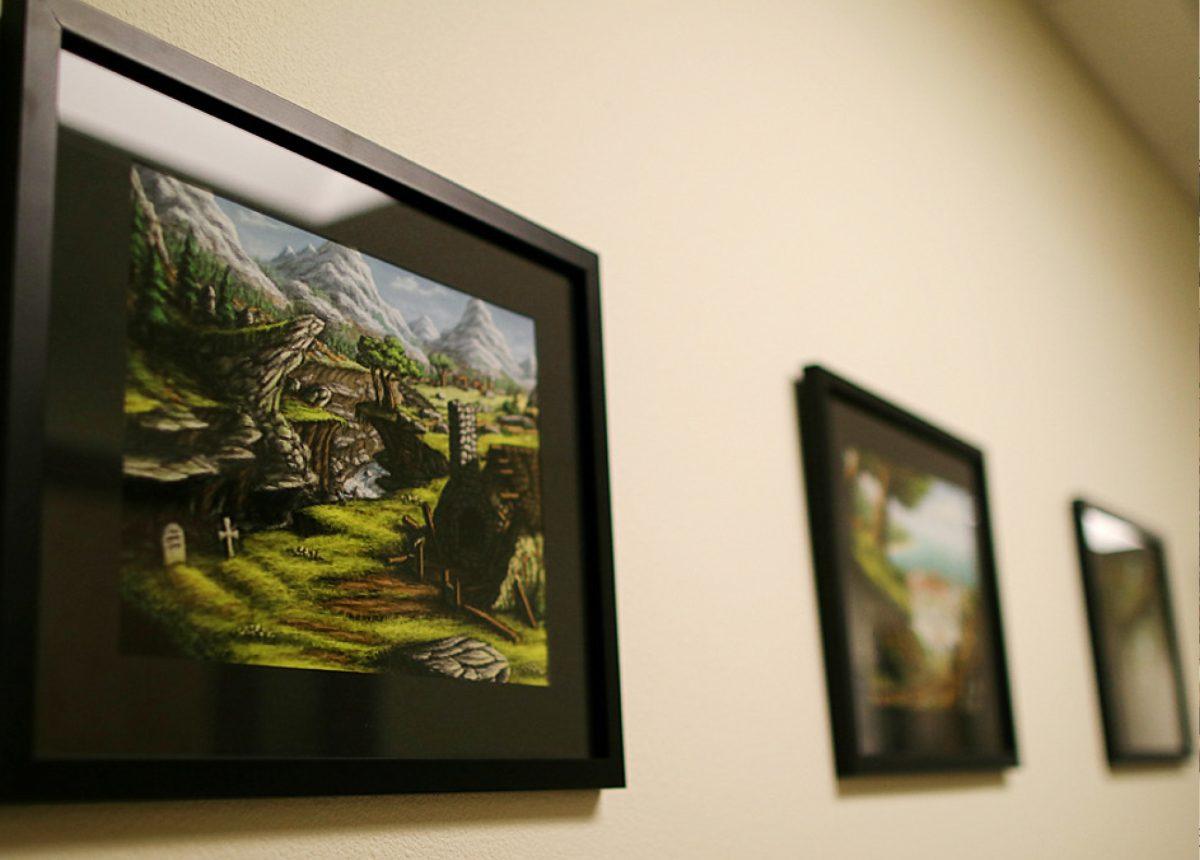By Miles Flynn | The Broadside (Contact: [email protected])
From the art of Mohenjo Daro to Piet Mondrian, Central Oregon Community College Art History Professor Jason Lamb has taught, aside from Native American Art History, surveys of the art of the past stretching from prehistory to modernity.
“I knew I was going into the arts,” Lamb said of his start in academic art and art history. “But I really didn’t have any idea going into college how I wanted that to happen.” After taking drawing classes at the University of Illinois at Urbana Champaign from a professor who both impassioned and challenged him, he went on to double major in painting and art history and received a Master’s degree in Art History from Northern Illinois University.
Lamb went on to teach temporarily at Northern Illinois, a position which did not end up becoming long term. At this time, he had applied for various positions across the country. “COCC was the first to respond. When I came out, I had no idea what it was like, but it was the best interview I’d ever had,” he said.
After a few days in Bend and a three-day train ride back to Illinois, the phone rang and he was offered the position. “[They were] looking for a long-term position, which are relatively hard to come by in art history teaching. You have to be willing to move where the job is.”
In terms of art outside the college, Lamb has most recently done work in digital painting and animation, some for independent video game companies. Being a professor is a career that takes a lot of time day-to-day, however, so he “hasn’t done a lot super recently.”
In a highly visual world, Lamb said, “One of the reasons it’s important to study art is that it gives you a heightened visual awareness.” He added that after studying art history for long enough, “you recognize things; you recognize references. In our contemporary visual culture, we are constantly inundated by images.”
Bend being a home to an artist does not give way to as many options compared to larger cities, according to Lamb.
“If you want to be a commercial artist, you probably need to go to a larger city where there is a really established contemporary art community with opportunities to work for commission,” he said. “It depends on your ambition; some people are happy being an artist in a small town, selling their work and living there.”
“One thing I notice a lot, and have encountered basically every class, and the one thing I hope to have a role in breaking my students out of is the privileging of aesthetics as the most important part of a work of art. I like to see students in art classes taking an interest in thinking outside the box, outside the strict representation of a ‘beautiful’ image.”
Lamb will be teaching Art History: Prehistory-600 CE and ARH: 600-1600 CE over the summer on the Bend campus, and the same classes in the fall with the addition of Modern Art History in Bend and Prehistory-600 CE in Redmond. ■








